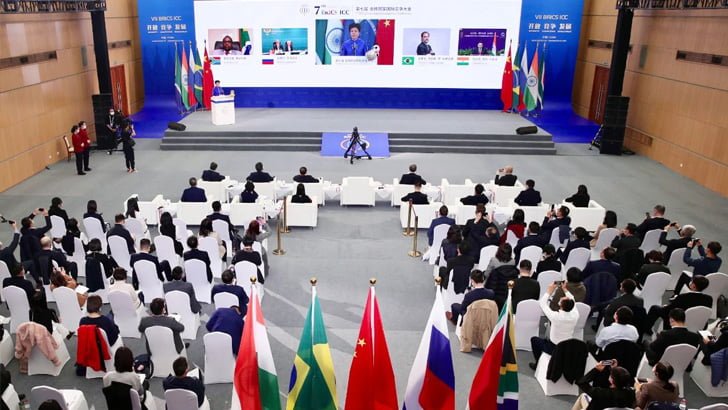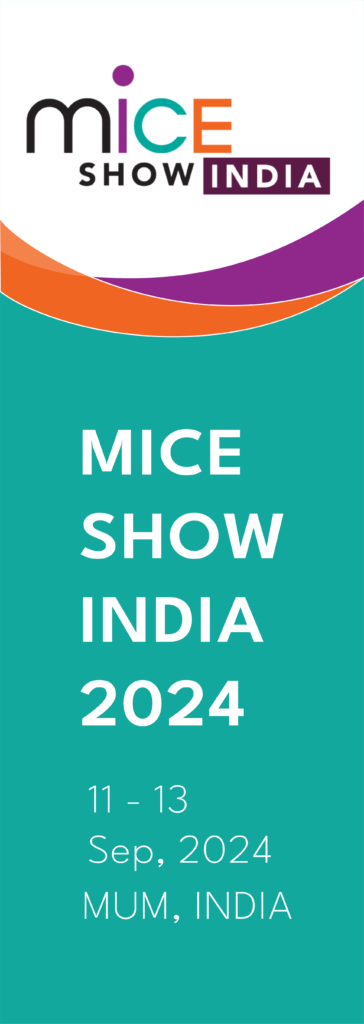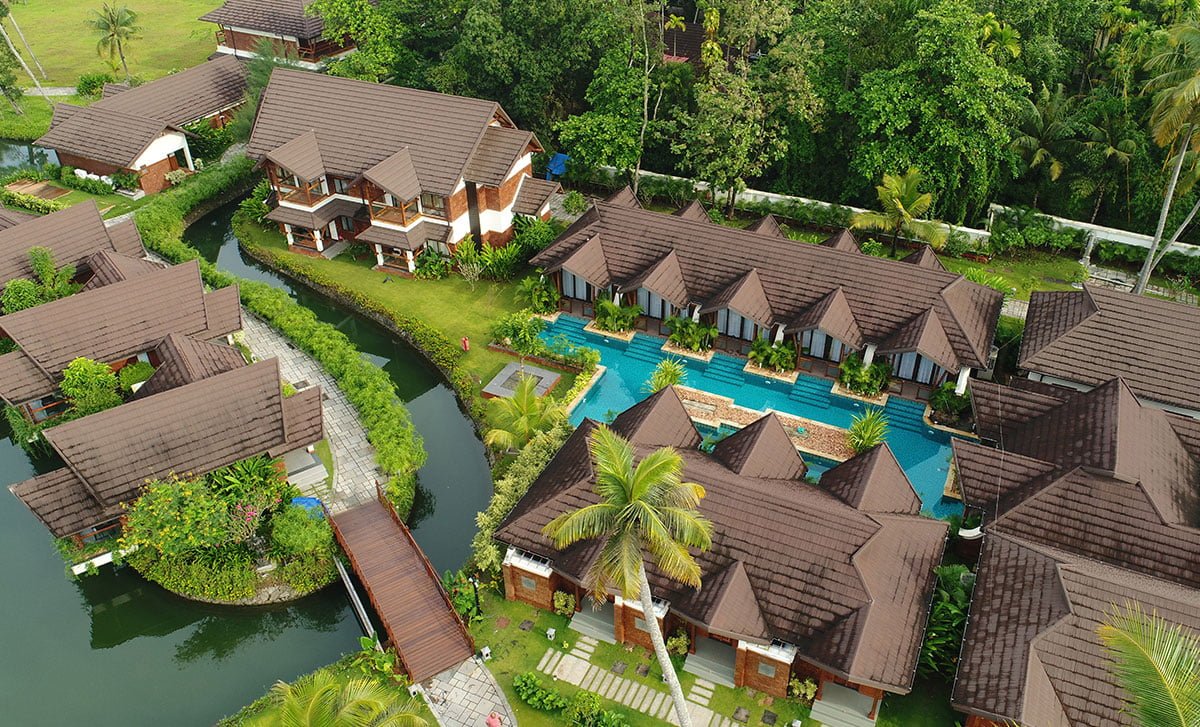The BRICS International Competition Conference (an important activity within the framework of the BRICS Summit) has been successfully held since 2009. Held in rotation among BRICS countries on alternate years – this year it was being held for the seventh time. India had the honour of hosting the 3rd BRICS International Competition Conference in New Delhi in 2013.
This year at the 7th BRICS Competition Conference held in China, the BRICS Competition Law and Policy Centre at the Higher School of Economics presented a new concept of “environmental” competition law – “ecoantitrust”.
The comprehensive approach to the analysis and regulation of ecosystems, which the BRICS Competition Law and Policy Centre proposes to develop, is based on the use of analogies between natural and digital ecosystems and the search for regulatory solutions based on an ecological approach to competition. Centre is developing new mathematical models of digital competition in cooperation with the International Institute for Applied Systems Analysis (IIASA).
Together with IIASA, the Centre adapted the Lotka-Volterra model of interspecies competition. It refers to a situation where two or more competitors are competing for the same resource. In analogy with digital ecosystems, this resource is the time and attention of users. An animal of one species is killing or devouring an animal of another species as a potential competitor, and one digital platform is absorbing another to maintain its dominant position in the market, as, for example, Facebook absorbed WhatsApp.
“The regulatory approaches of the industrial era have stepped into a new economic and social phenomenon – ecosystems. It’s time to talk about what the new unified view of antitrust regulation will be. The new methodology of antitrust regulation should be inspired by the same principles and views as the business strategies of modern digital giants, that is, the principles of wildlife,” explains Alexey Ivanov, Director of the BRICS Competition Law and Policy Centre.
He cites loops as an example. “Ecosystems live in cycles. It is important for a business to understand where it is in the cycle in order to take the right steps: this is a fundamental characteristic that determines business strategy. However, under these conditions, the antimonopoly regulator continues to work as a mechanism, as an industrial apparatus, ignoring the cycles and the living nature of businesses. A transition to a more holistic model of antimonopoly regulation of ecosystems is required, taking into account their complexity, the multitude of internal connections within ecosystems and their dynamic nature”.
Digital platforms and the “digital ecosystems” built on their basis – networks of suppliers and consumers, formed around a single center – have already taken center stage in the digital economy. Acting as a “one window” through which consumers have access to the widest choice of goods and services from a wide variety of industries, and suppliers – to a huge consumer market, ecosystems are pulling over an increasing share of economic activity. McKinsey estimates that up to $ 60 trillion, or 30% of global revenue, will flow through ecosystems in 2025.
The BRICS countries can play a very important role in the formation of a new comprehensive approach to the regulation of digital ecosystems based on nature-like solutions, the experts of the BRICS Competition Law and Policy Centre believe. “This fits well into the cultural traditions of our countries, and most importantly, it can become a really demanded and effective solution to the problems of the growing imbalance of increasingly expanding and increasingly complex digital ecosystems around the world, essentially a new standard of antitrust regulation of the digital economy,” Alexey concludes.









Leave a Reply